Have you ever opened up your fridge or pantry only to find something went bad when you thought you still had time to eat it? It’s the most melodramatic part of the grocery circle of life – and you’re not alone. Understanding the shelf life of our favorite groceries can be a challenge, but taking on a few smart shopping tips is all it takes to help prevent food waste before it starts.
Let’s start, as you should, with the things you should prioritize eating first.
Eat within days
- Leafy greens
- Fresh herbs
- Fresh berries
- Milk
- Proteins
Shopping Tips:
Do your spinach a favor and eat it first! Some of the healthiest and most delicious things we can eat are also the most perishable. Lettuces like romaine and spinach and fresh herbs like cilantro and parsley need to be eaten within a few days to get the most of their amazing flavor and avoid sad and wilted greens. Since many of us buy leafy greens specifically for their nutrient content, it’s worth noting that the sooner you eat your beloved spinach, the more intact nutrients it will have, since greens slowly use up their own antioxidants trying to stay alive in the stressful conditions of your refrigerator. Fresh produce is both tastier and more nutritious than older produce, so plan accordingly.
This is also a great reason why storing your groceries properly matters. For items like meat and dairy, which take many resources to produce and don’t have a long shelf life in the first place, we recommend buying them in smaller quantities, buying them more frequently, and shopping with a very specific plan for how and when you’re going to use them.
Shelf Life Tips:
-
Again, eat within a week!
-
Extend the life of leafy greens by storing them in your crisper drawer and keep fresh herbs like parsley and cilantro in a jar of water in the fridge.
-
Don’t store dairy items or eggs in the door of your refrigerator, since it’s not cold enough to keep them fresh.
-
If you aren’t able to finish a protein item, freeze it and save it for later.
Eat within weeks
- Root vegetables
- Hard squash
- Bread
- Tortillas
- Yogurt
- Eggs
Shopping Tips:
Grocery staples like potatoes, onions, and tortillas can store for weeks, so feel free to buy a lot of them since they give you more flexibility when it comes to finding a time to eat them. These are also excellent items to stock up on because they’re so versatile and can provide a supporting role for more perishable items like proteins and greens. Keeping a stockpile of these staples makes dinner time a lot easier since the main thing to figure out is which protein, veggie, or herb you’re looking to use up and highlight in any given meal.
More time doesn’t mean unlimited time, however. It’s worth remembering that tortillas will go stale and potatoes will sprout eventually, so you’ll still need to develop a sense of how many of these staples you go through to avoid over-shopping. Having a few scrappy leftover recipes on hand like vegetable stock for your leftover onions or croutons for your stale bread is a great way to make sure that the tail end of last month’s shopping doesn’t go to waste.
Shelf Life Tips:
-
Do a monthly “staple check” of your pantry to see what you still have around, what you need to use up, and what you need to buy more of.
-
While potatoes and onions both store well in the pantry and work well together on the plate, they should never be stored together, since gases from the onions will make the potatoes sprout and go bad faster.
-
Nuts will eventually go rancid, even when stored in the pantry, so freeze them if you’ve bought too many.
-
If your tortillas are too stale to eat as is, try repurposing them in chilaquiles or migas.
Eat within months to a year:
- Brown rice
- Dried beans
- Canned goods
- Cooking oil
- Vinegar
- Spices
Shopping Tips:
The good news in this shelf-life discussion is that the true workhorses of your kitchen – those staple ingredients that make appearances in most of your recipes – are often the things that last the longest. Once you’ve stocked your pantry with a few versatile oils, vinegar, spices, and grains, you can count on them being there for you and your dinner needs for the next year. As an added bonus, those vinegars and spices can help you preserve other food with some easy pickling and fermentation projects. Check out our podcast or pick up a book for some inspiration on how to get started!
It’s worth noting that even hearty staples will go bad eventually. Brown rice will go bad (it has a shorter shelf life than white rice so plan accordingly), ground spices lose their flavor (buy whole ones if you can!), and oils will turn rancid, especially if they’ve been exposed to too much light or heat. In addition to storing them properly, we recommend you do a pantry audit every few months to remind yourself what you still have around and make sure that everything is still good to eat!
Shelf Life Tips:
-
Oil can last up to a year once opened, but it will go bad much faster if exposed to light and heat, so keep your cooking oils in the pantry instead of on the counter or near the stove.
-
Soy sauce doesn’t need to be refrigerated for food safety reasons, but keeping it in the fridge can improve its flavor.
-
Whole spices last longer than pre-ground ones, so buy those where you can and check on the flavor of your ground spices every few months.
We hope these tips help you out the next time you’re grocery shopping and planning your meals. Once you get some practice in planning your meals around the shelf life of your favorite ingredients, we bet you’ll find that you not only waste less food, but that you also end up becoming a bit more creative and relaxed in the kitchen, too!
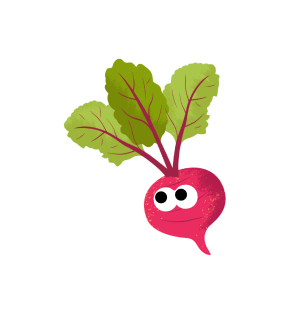
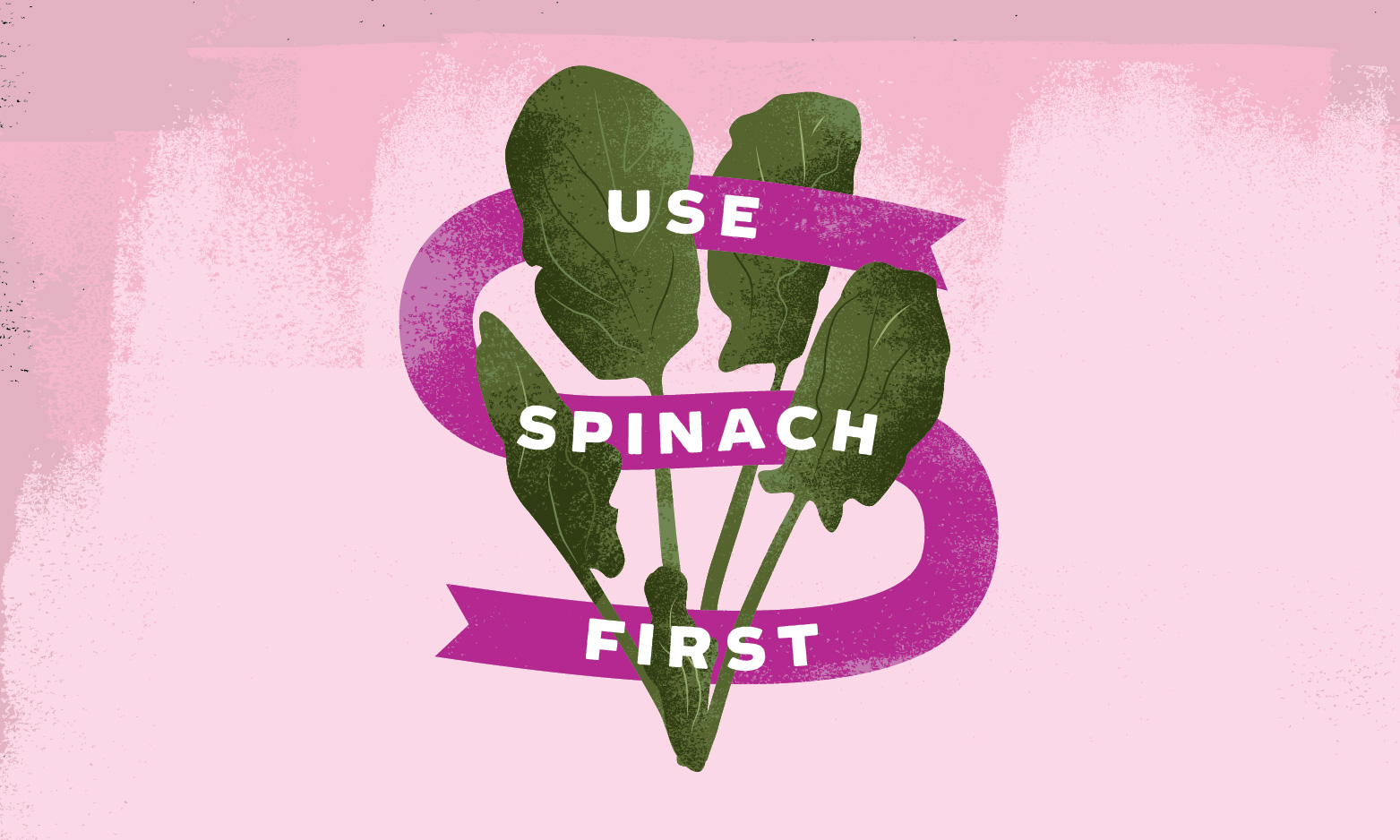


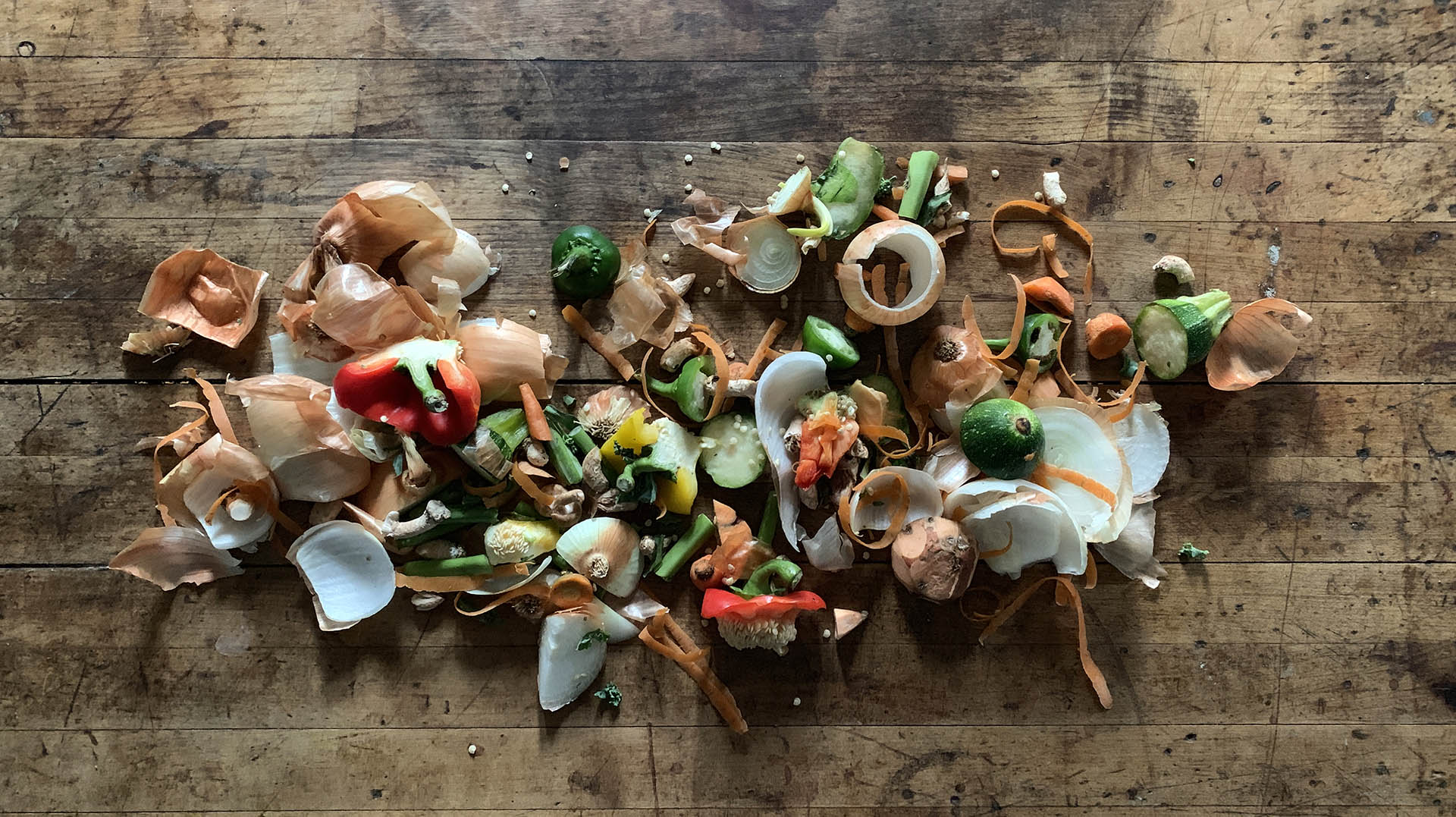
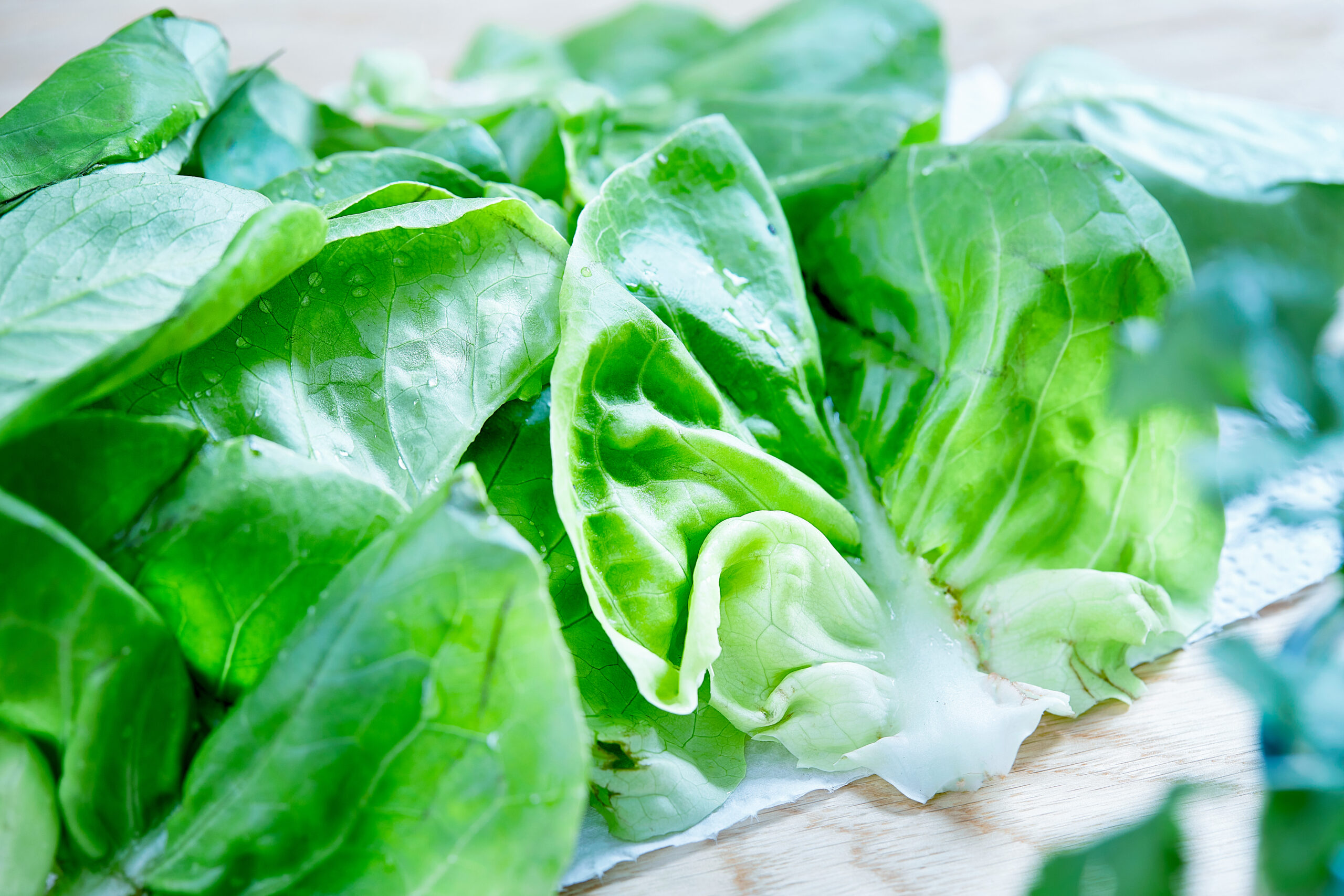
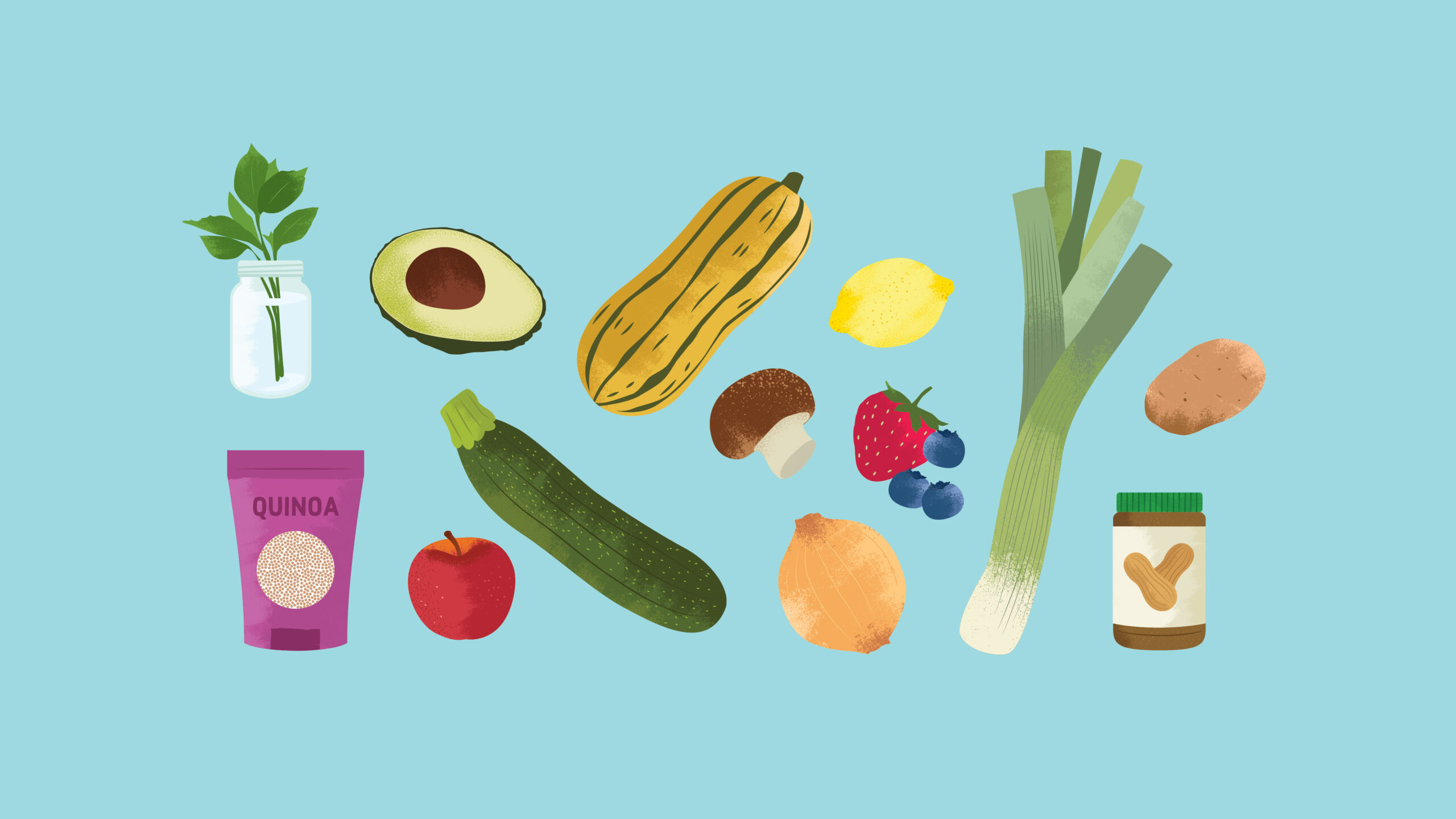

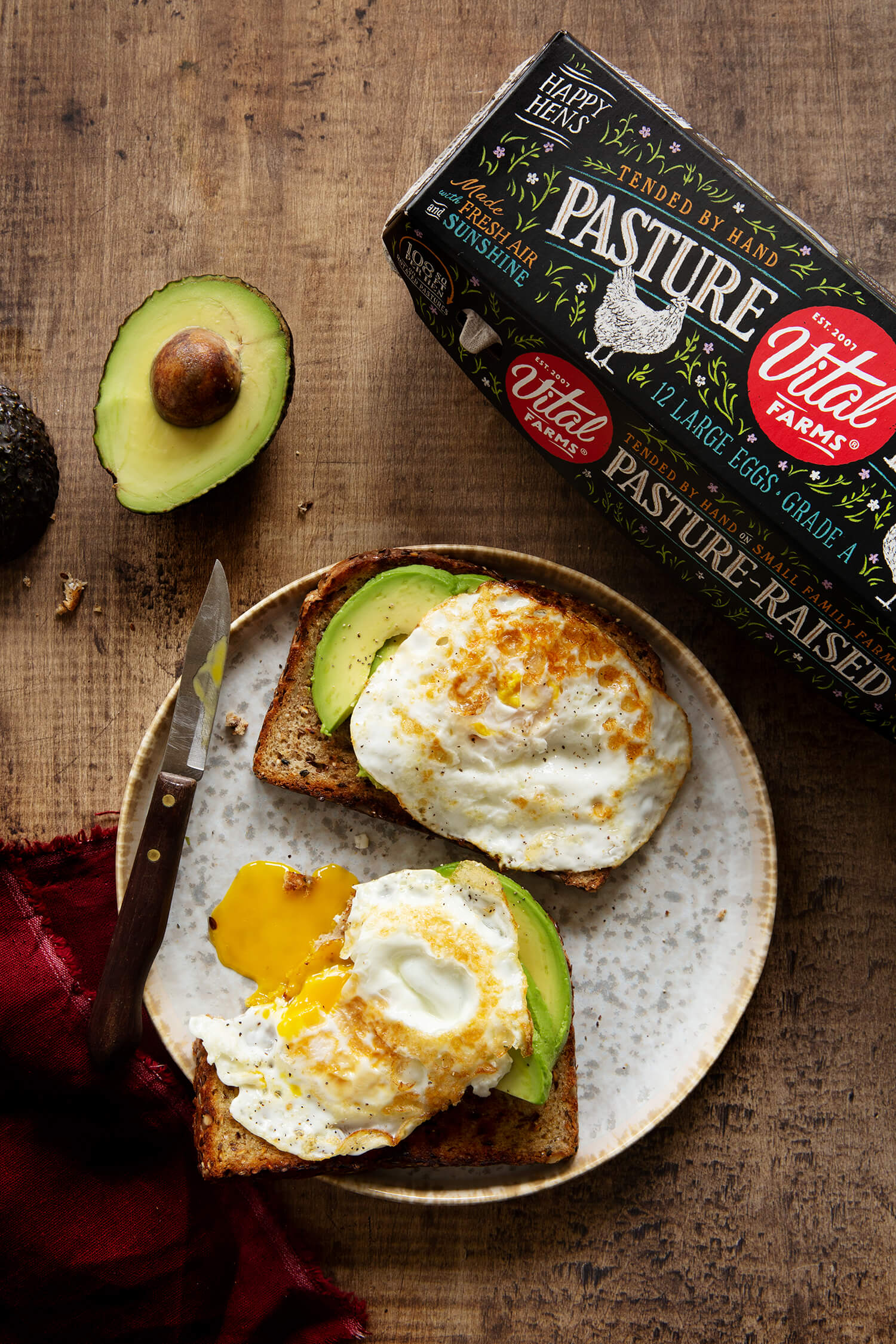

How do I select the products that I want? Right now , I am getting the products that you have selected for me
I don’t want carrots and sweet potatoes, please.
Click this link to check out how to customize your orders: bit.ly/2FKw4Dq ????